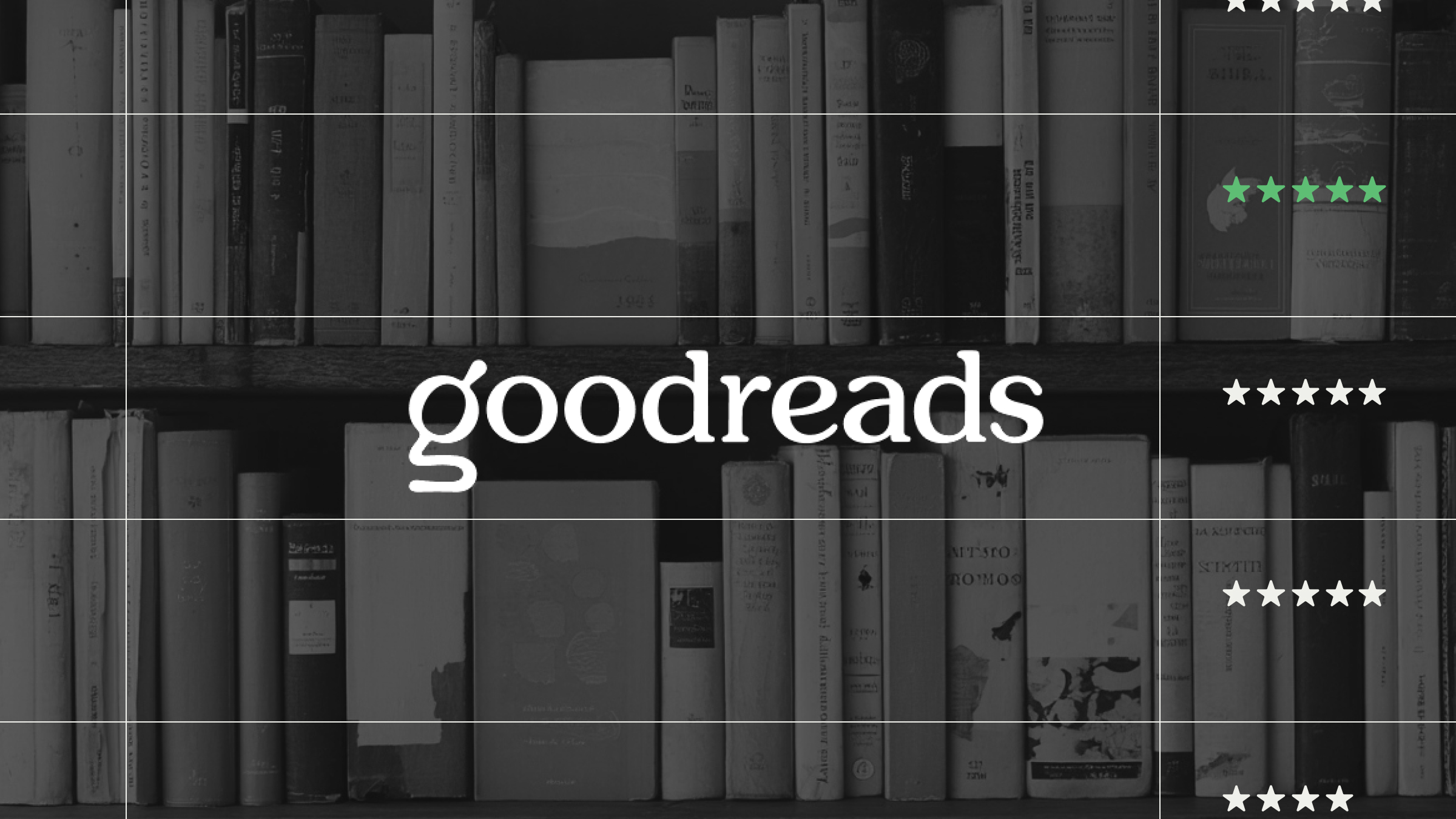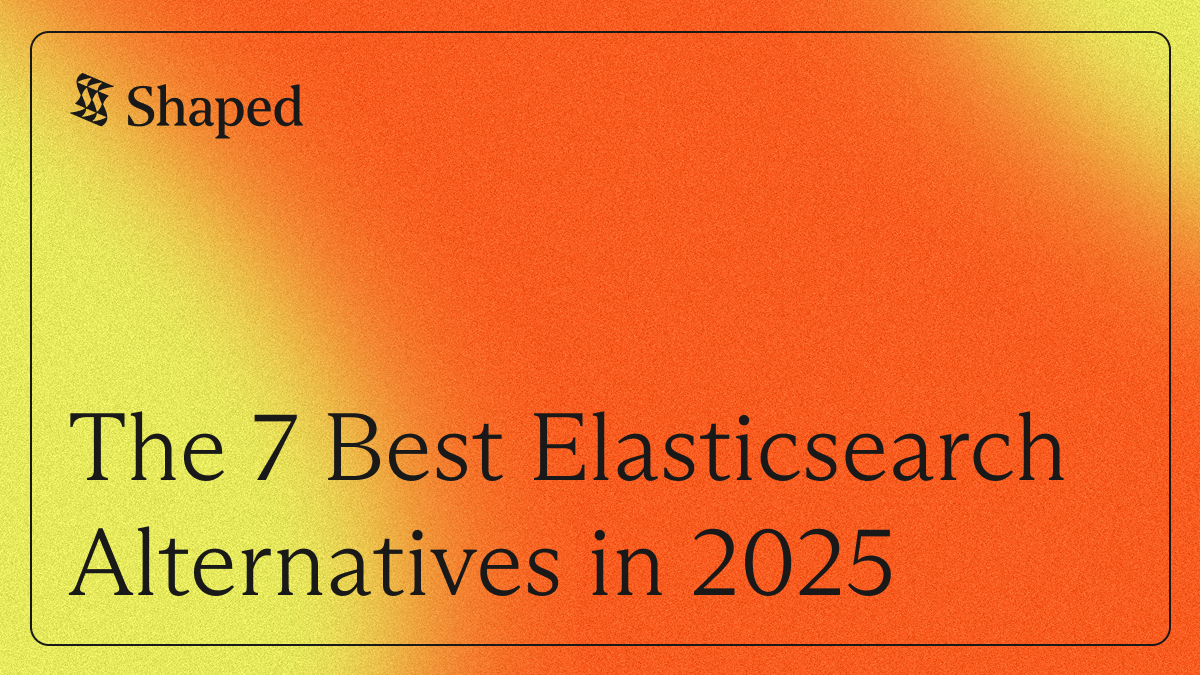The GoodReads datasets are an essential toolset for anyone working on book recommendations within the field of recommender systems. Comprising various collections scraped from GoodReads.com by research teams (often including UCSD), these datasets stand out by incorporating rich social interaction data and extensive textual content alongside traditional ratings. This makes them vital for building models that understand nuanced reading preferences, utilize NLP on reviews, and analyze social influence. Familiarity with these datasets is key to developing cutting-edge book recommendation algorithms.
What Do GoodReads Datasets Contain?
These datasets capture user activity and book information from GoodReads.com, a platform where users track reading, review books, assign ratings, manage virtual bookshelves, and connect socially. The exact data fields vary significantly based on the specific version and collection methodology, but core components often include:
- User-Book Interactions: The heart of the data, detailing how users engage with books. This typically involves:
- Explicit Ratings: Numerical scores (commonly 1-5 stars).
- Shelf Data: Books added to user shelves like 'read', 'currently-reading', and 'to-read'. This serves as a powerful implicit feedback signal.
- User Reviews: Rich textual feedback from users.
- Book Metadata: Detailed information about the books, such as:
- book_id, work_id (Internal GoodReads identifiers).
- title, author.
- Linking identifiers like isbn, asin.
- description, genres (often user-generated tags or official categories).
- Cover image URLs, page counts, publication details.
- Links to similar books.
- Review Text: Full textual content of user reviews, invaluable for NLP (Natural Language Processing) applications.
- Social Graph Data: Anonymized user friendship links (present in some older/specialized datasets, but less common now due to privacy sensitivities).
- User Metadata: Typically excluded from public datasets for privacy reasons.
Key Characteristics: Diverse Datasets for Book Recommendations
Working with GoodReads data requires awareness of its unique traits:
- Dataset Variability: Different scrapes cover varying timeframes, user groups, and data points. Some focus on ratings, others add reviews, shelf data, or social links. Always consult the specific dataset's documentation.
- Book Domain Focus: These datasets are centered exclusively on books, making it ideal for studying reading habits, genre dynamics, and author influence in recommendation systems.
- Explicit + Implicit Signals: A key strength is the combination of star ratings (explicit feedback) and shelf data (implicit positive signals like 'to-read' or 'read').
- Rich Textual Content: User reviews and book descriptions offer substantial data for NLP-based recommendation models.
- Potential Social Dimension: Datasets with friend graphs facilitate research into social influence on recommendations (availability is limited and requires careful handling).
- Variable Scale: Datasets range from smaller, focused subsets to very large collections with millions of interactions.
- Data Origin & Quality: As scraped data, it may contain noise, inconsistencies, and missing fields. It reflects GoodReads.com's state at the time of collection. Ethical use of scraped data is an important consideration.
Why Use GoodReads Datasets in Recommender Systems?
GoodReads data is highly valuable for several reasons:
- Benchmark for Book Recommendations: Acts as a standard testbed for evaluating algorithms tailored to the book domain.
- Rich Text Integration: Provides an excellent platform for models leveraging NLP techniques on user reviews and book descriptions.
- Explicit & Implicit Feedback Research: Enables the study of combining different user feedback types effectively.
- Social Recommendation Research: Datasets including social graphs are critical for developing and validating algorithms that incorporate social network information.
- Scale and Domain Specificity: Offers large-scale data focused on a domain with unique characteristics (e.g., reading pace, author importance).
Strengths of GoodReads Data
- Specific Book Domain Focus: Tailored for book-related recommendation tasks.
- Combination of Feedback Signals: Often includes explicit ratings, implicit shelf data, and rich text reviews.
- Rich Textual Data: Reviews and descriptions fuel advanced NLP integration.
- Potentially Large Scale: Versions with millions of user-book interactions exist.
- Social Network Aspect (in some versions): Allows research into trust, influence, and social recommendations.
- Detailed Metadata: Provides rich context about books, authors, genres, etc.
Weaknesses & Considerations
- Scraped Data Origin: Prone to inconsistencies, noise, missing data. Reflects the scraping process limitations. Ethical usage must be considered.
- Dataset Variability: No single standard; requires careful vetting of the specific dataset version.
- Privacy Concerns: High sensitivity around user identities and social links. Public datasets require thorough anonymization and ethical handling.
- Sparsity: Like most real-world interaction data, the user-book matrix is sparse.
- Inherent Biases: Susceptible to popularity bias, selection bias (users choose what to review), and potential demographic skew in the user base.
- Static Nature: Represents snapshots in time, not real-time user behavior.
Common Use Cases and Applications
- Developing and benchmarking book recommendation algorithms (Collaborative Filtering, Content-Based, Hybrid).
- Integrating NLP models using review text or book descriptions for enhanced recommendations.
- Modeling sequential reading patterns using timestamps and shelf data (e.g., 'read' status).
- Researching the interplay between explicit ratings and implicit shelf interactions.
- Building social recommendation systems (when social graph data is available and ethically usable).
- Conducting author recommendation or genre exploration analysis.
- Fine-tuning language models on book reviews for domain-specific tasks.
How to Access GoodReads Datasets
Sources for GoodReads datasets are often tied to academic research. Key places to look include:
- UCSD Book Graph / Interaction Datasets: Julian McAuley's group at UCSD maintains several well-known GoodReads scrapes. Searching for "UCSD Book Graph" or checking their interaction dataset pages is a good starting point.
- Specific Research Paper Repositories: Authors frequently release the dataset version used in their publications via personal websites, GitHub, or university repositories.
Disclaimer: Data availability and terms of use can change. Always rigorously check the source's documentation regarding usage rights, citation requirements, and ethical considerations before downloading or using any dataset.
Connecting GoodReads Data to Shaped
Leveraging GoodReads datasets with Shaped allows you to build sophisticated book recommendation models that combine user ratings/interactions with rich book metadata. Here’s a walkthrough using the concepts from the popular Goodbooks-10k dataset structure:
(Setup: Ensure you have installed and initialized the Shaped CLI with your API key.)
1. Dataset Preparation (Conceptual): You'll typically work with two main files derived from GoodReads data:
- Ratings/Interactions Data: Contains user_id, book_id, rating. A timestamp is often needed; if missing (like in some basic Goodbooks versions), you might need to add a synthetic one based on rating order or assume a fixed time.
- Books Metadata: Contains book_id and associated details like title, authors, average_rating, image_url, potentially genres or description.
Prepare these files for Shaped:
- Ratings File: Map user_id -> user_id, book_id -> item_id, rating -> label. Ensure you have a created_at column (either original or synthetic, converted to Unix epoch).
- Books File: Map book_id -> item_id. Keep relevant metadata fields like title, authors.
Save these prepared datasets (e.g., as .csv or .jsonl).
3. Create Shaped Model: Define the model schema in a YAML file. This configuration tells Shaped to use the ratings as interaction events and the book data as item features.
Create the model using the CLI:
Shaped will ingest the user ratings and book metadata, automatically learning representations for users and books. By combining the collaborative signal from ratings (events) with the content information from book metadata (items), Shaped can build powerful hybrid recommendation models capable of suggesting relevant books even for users or items with limited interaction history. Incorporating review text as an additional feature source is also possible for even more NLP-driven recommendations.
Conclusion: An Essential Dataset for Book Recommendation Advancement
The GoodReads dataset collection stands as an invaluable resource for anyone focused on book recommendations. Its key strength lies in merging explicit ratings, implicit shelf data, rich textual reviews, and detailed book metadata, often at a considerable scale. While navigating the variability between versions and addressing ethical considerations is necessary, GoodReads data empowers deep exploration into NLP integration, mixed-signal modeling, and the distinct challenges of the literary domain. It remains a cornerstone dataset for pushing the boundaries of book recommendation technology.
Request a demo of Shaped today to see it in action with your specific use case. Or, start exploring immediately with our free trial sandbox.




